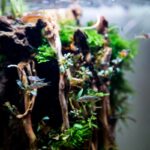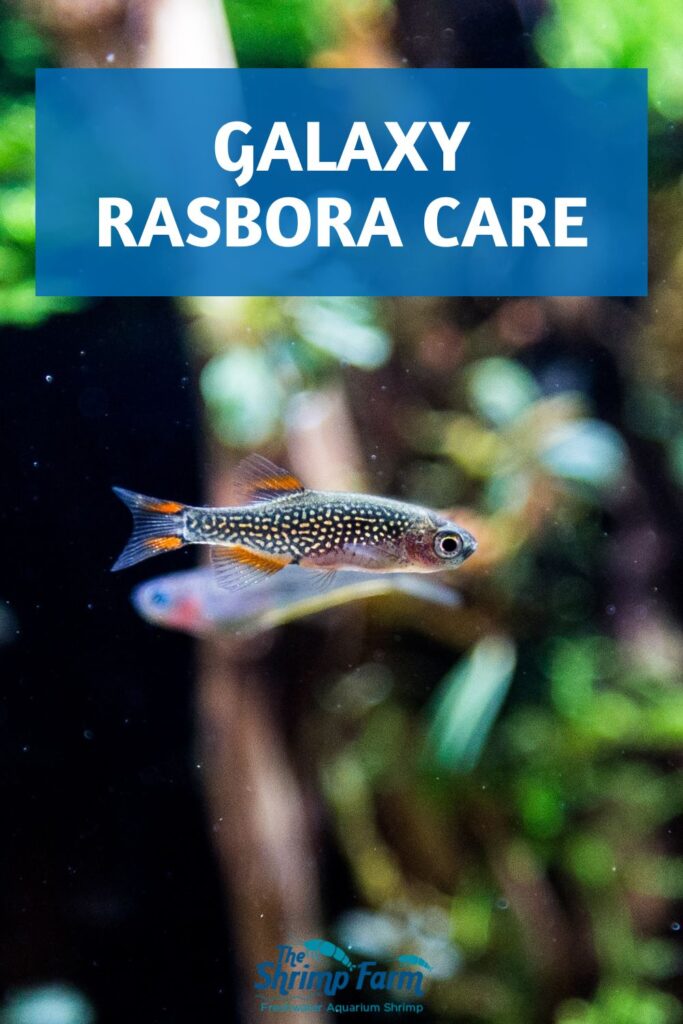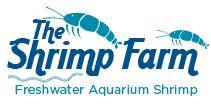Galaxy Rasbora Care & Info | Danio margaritatus
Looking for a small and colorful schooling fish to add some life to your shrimp aquarium? Or maybe an eye-catcher for a peaceful community tank? Good things come in small packages: you'll love the beautiful Danio margaritatus, better known as the galaxy rasbora or celestial pearl Danio.
Below, let's have a look at everything you need to know if you'd like to keep this microfish in your aquarium!
| Scientific name | Danio margaritatus |
| Common names | Galaxy rasbora, celestial pearl Danio |
| Difficulty level | Easy |
| Origin | Myanmar |
Table of Contents
Galaxy rasbora appearance & natural habitat
Appearance
It's not difficult to see why aquarists worldwide jumped on the opportunity to keep galaxy rasboras after they were first scientifically described in 2007. Although they're very small (no more than an inch or so in length), these little cyprinids really are a sight to see! No wonder folks managed to start keeping it in their tanks before the paper describing it had even been published.
Galaxy rasboras somewhat resemble the emerald rasbora (Danio erythromicron), but rather than vertical barring, they sport a beautiful pattern of shimmering dots on a dark body. Their fins feature dashes of bright orange.
It's possible to tell the difference between a fully grown male and a female galaxy rasbora visually. The males are responsible for courting the females, and in order to help them do so, they're more brightly colored. The orange fin color extends all the way to their lower belly during the breeding season.
Females are a little bit duller. Their bellies lack the orange coloration and are generally off-white in color, without dots.
Did you know? When it was first discovered, the galaxy rasbora was thought to be a Microrasbora. This explains why it's referred to as a rasbora even though it actually belongs to the genus Danio. "Celestial pearl Danio" has been suggested as a common name to prevent confusion.
Natural habitat
Galaxy rasboras are naturally found in the Asian countries of Myanmar and Thailand. Here, they inhabit a very specific habitat type. They occur in small and very shallow pools at high altitudes, which depend on groundwater seepage and run-off water from mountain streams and springs.
The pools in question are usually surrounded by grassland. They have plenty of plant growth, particularly aquatic stem plants. The water is slightly alkaline.
The study describing the type locality (the place where a species is first identified) noted this fish was found in a rapidly developing area and therefore at risk, but luckily, galaxy rasboras have since been spotted in other places as well.
The IUCN Red List notes that extensive collection of these fish for the aquarium trade may have impacted local populations. Not difficult to imagine, as selling them is quite lucrative for locals! Luckily, galaxy rasboras have proven to be easy to breed in captivity. Myanmar has since banned their export.
Did you know? In its natural range, Danio margaritatus is also used as food.
Setting up a galaxy rasbora aquarium
Requirements
Although they're very small, galaxy rasboras are rather active fish, so they do need a bit of swimming space. A 10-gallon long aquarium would be alright, but it's probably best to go for 15+ gallons. In the aquarium hobby, bigger is usually better!
As we've discussed, the pools that Danio margaritatus naturally occurs in are densely vegetated. In the aquarium, your galaxy rasboras will appreciate something similar. Any greenery works, although you could try stem plants to imitate their natural habitat. After all, the paper first discussing this species mentions plenty of waterweed-type plants being present.
Like many other fish species, the galaxy rasbora probably prefers a dark substrate. Because the pools they naturally occur in are shallow, they probably don't mind high light levels.
Water parameters
This species isn't overly fussy about water parameters, but it does require a clean and fully cycled aquarium to thrive. The waters they inhabit in the wild are slightly alkaline, but aquarists have found them to do well in a pH of anywhere between 6.5-8. Stability is more important than hitting the exact right water values!
It was noted that in the month of January, temperatures in the galaxy rasbora's natural habitat were between 71.5-75 °F. Since this falls in the cool season, the species can probably also handle higher temps, up to around 80 °F.
Don't forget to perform weekly small water changes with temperature-matched water. Regularly checking the water values using a liquid water test kit will help you spot any problems quickly.
pH: 6.5-8
Temperature: 70-80 °F
Hardness: 1-5 dGH
Tankmates
Galaxy rasboras make a great choice for a peaceful community aquarium. They're too small to bother any of their tankmates, though obviously, their size also means they shouldn't be combined with larger carnivorous fish.
First off, remember that these are shoaling fish. The presence of their own kind makes them feel safe, so get a group of at least 10! It's fun to see them interact with each other. You'll observe the males sparring with each other and showing off for the females, flaring their fins and chasing them around the tank.
As for other species, there are plenty that will work well:
- Other small schooling fish, like chili rasboras or neon tetras
- Bottom dwellers like panda Corydoras, bristlenose Plecos or kuhli loaches
- Top dwellers like dwarf gourami or hatchetfish
It has to be noted that galaxy rasboras may nip at longer-finned fish. They're not the best tankmates for Bettas or guppies.
The shrimp keepers among us will be glad to know that galaxy rasboras can also be kept with (dwarf) shrimp like Neocaridina. They might eat newly hatched shrimp fry, so you shouldn't combine them with more expensive shrimp types. Still, with plenty of plant cover, most colonies should be able to co-exist with Danio margaritatus just fine.
You can also consider one of the many aquatic snail species.
Did you know? The 2007 paper describing Danio margaritatus for the first time noted that in its type locality, only three other fish species were found. They were a Microrasbora species, a Yannanilus loach, and a small species of snakehead fish (Channa). Not a lot of options if you want to set up a biotope aquarium!
Galaxy rasbora diet
Wild galaxy rasboras are omnivorous. They're not picky eaters, so you shouldn't have much trouble getting yours to eat in your aquarium. You can consider a staple diet of very fine flakes or pellets meant for microfish.
Since a varied diet is important, you can supplement your rasboras' diet with a range of different foods. They particularly like small live foods, but frozen should also well. Algae tabs can also be offered from time to time.
Breeding galaxy rasbora
If you're looking for a fish species you can try your hand at breeding, galaxy rasboras might be a good choice. The fry hatch very small, which makes things a little more challenging, but in general this species is pretty prolific and not too difficult to raise.
Galaxy rasboras are egg scatterers, which means the first step is to get plenty of live plants (like Java moss) or a spawning mop for them to deposit the eggs on. The species doesn't have a specific breeding season, so they're usually in the mood year-round. Feed plenty of nutritious foods and keep the aquarium clean to ensure the fish are healthy.
Males will chase gravid (egg-laden) females around the tank for a bit. If she's receptive, the pair will disappear into the plants so the eggs can be scattered and fertilized. Some aquarists will remove the parents at this point to keep them from eating the eggs, but others feel it's easier to just leave them.
The eggs hatch after up to five days, after which the fry need a few more days to become free-swimming. They will eat on infusoria from the plants at first, but you can supplement their diet with microfoods after this.
Tip: Use a sponge filter or filter inlet cover if you're breeding your celestial pearl Danios. The tiny fry can easily get sucked into a regular filter.
Galaxy rasbora for sale
Although it's still a bit of a newcomer in the aquarium hobby, the galaxy rasbora is now pretty ubiquitous. You should be able to find them at most aquarium stores. You can also order online: The Shrimp Farm sells galaxy rasboras with live arrival guarantee and ships them right to your doorstep!



 Shrimp
Shrimp Fish
Fish Crab &
Crab & Plants
Plants Foods
Foods Snails
Snails

